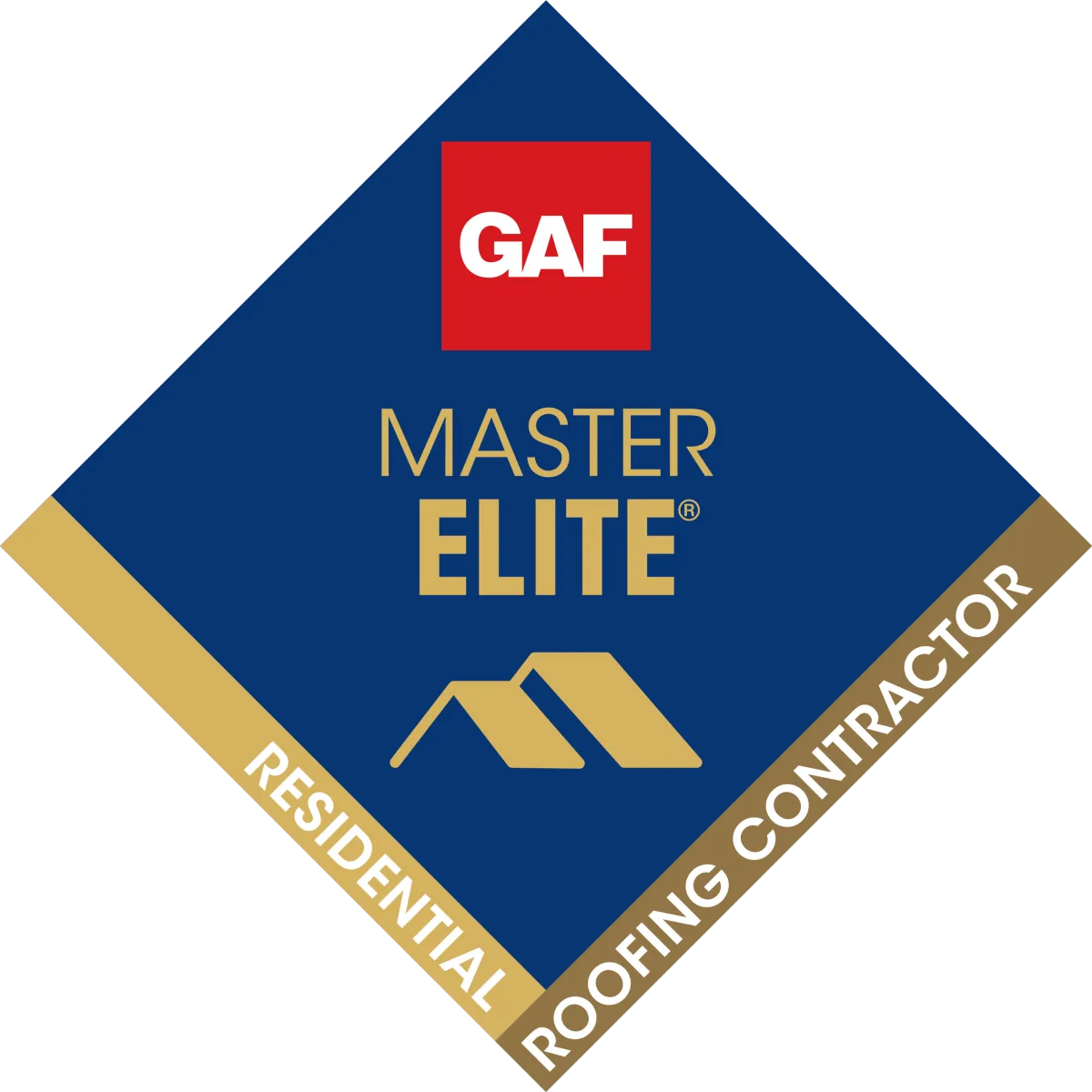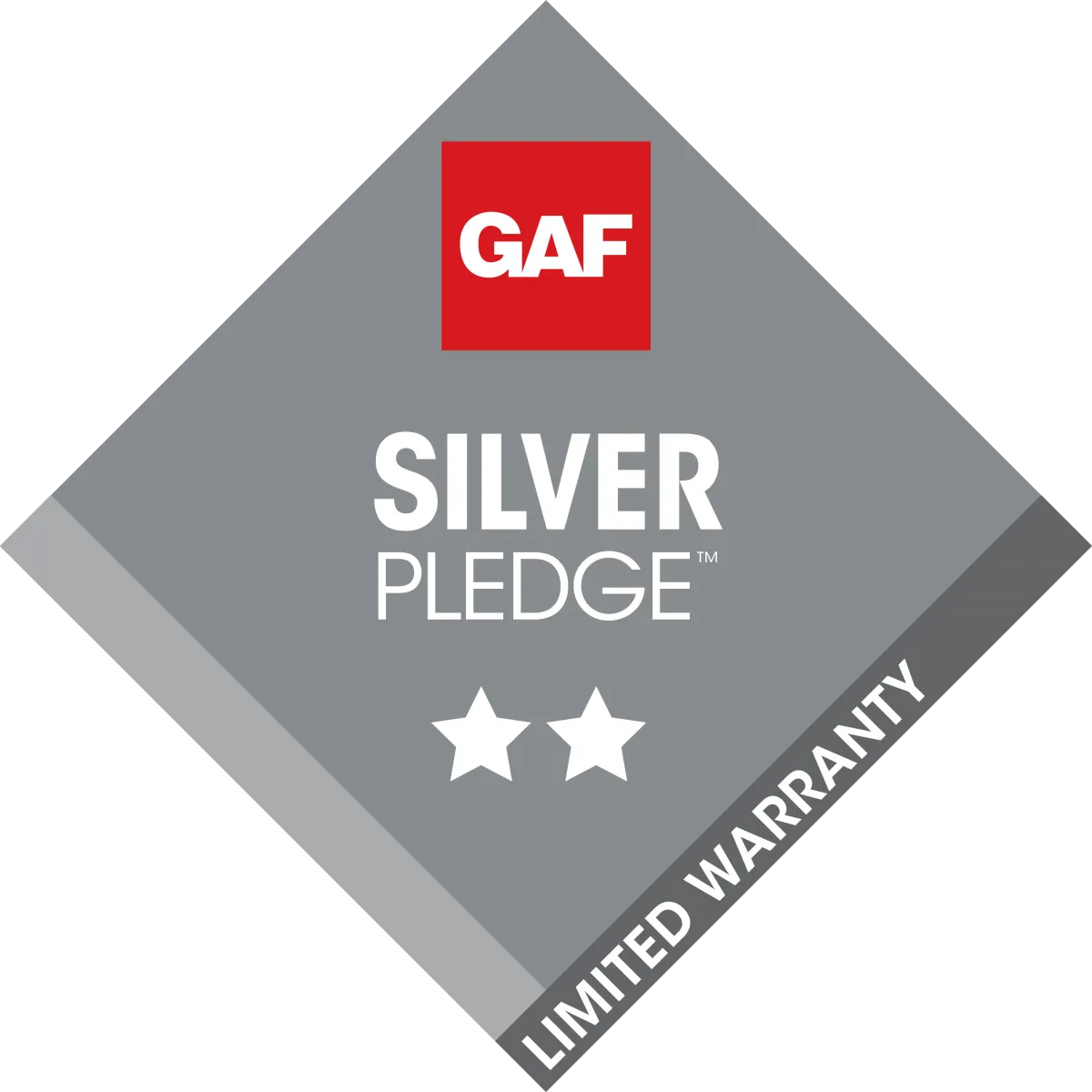Greetings, Rapid City homeowners! We hope you’ve enjoyed the rooftop adventure thus far. In Part 1, we embarked on a journey to decode the secret language of your roof, unraveling the first five warning signs. Today, we’re back with more rooftop revelations as we dive into the remaining five signals your roof might be sending.Just to jog your memory, Part 1 took us through the intricacies of sagging roofs, cracked materials, unexplained water stains, excessive granule loss, and even the creaks and pops your roof might be playing as a symphony. Now, in Part 2, we’re here to empower you with knowledge about the next set of warning signs your roof might be whispering to you.Whether you’re a seasoned Rapid City homeowner or just starting on your homeownership journey in the Black Hills, understanding these warning signs is your secret weapon in keeping your home resilient and cozy.So, buckle up your metaphorical detective hats once again, Rapid City neighbors! We’re about to unravel the mysteries of doors and windows, visible mold growth, the wisdom of aging roofs, damaged flashing, and the tales told by gaps in roof structures. Stay tuned for more rooftop insights that will make you the true guardian of your home.
Doors and Windows That Don’t Close Properly
Let’s talk about something we often take for granted: the seamless operation of our doors and windows. If you’ve noticed a bit of resistance when closing them, your home might be dropping subtle hints about its structural well-being. So, let’s open the door to understanding the implications and how to test for alignment issues.
Structural Implications for Doors and Windows
Your doors and windows aren’t just portals to the outside world; they’re also indicators of your home’s structural integrity. If they start acting stubborn, refusing to close properly, it’s like your home’s way of tapping you on the shoulder, saying, “Hey, something might be amiss up here!”Misalignments in doors and windows can often be linked to shifts in the foundation or structural components. Rapid City, with its diverse climate, might experience ground movement due to freeze-thaw cycles, and your home reacts accordingly. Addressing these issues early can prevent them from escalating into more significant structural concerns.
Testing for Alignment Issues
Now, let’s put on our detective hats and test for alignment issues:Check for Uneven Gaps: Stand back and observe the gaps around your doors and windows. Uneven spaces or gaps that widen at the top or bottom might indicate alignment problems.Try the Dollar Bill Test: Place a dollar bill along the edge of the door or window and close it. If you can easily pull the bill out or it slips without resistance, it suggests a potential alignment issue.Observe Swelling or Warping: Look for signs of swelling or warping in the door or window itself. This can contribute to misalignments.Listen for Unusual Sounds: If you hear scraping or rubbing when opening or closing, it’s a clue that something might be out of alignment.Examine Hinges and Latches: Loose hinges or latches can contribute to alignment problems. Check for any visible signs of wear or instability.
Visible Mold or Mildew Growth
Let’s shine a spotlight on a less-than-welcome houseguest: visible mold or mildew growth. While it might seem like a minor inconvenience, these patches can be the tip of the iceberg, signaling potential hidden roof damage. So, let’s dive into why mold is more than just a cosmetic issue and how to address it at its roots.
Mold as a Symptom of Hidden Roof Damage
Mold is like the Sherlock Holmes of home issues, often revealing hidden mysteries. If you spot mold or mildew indoors, especially along ceilings or walls, it might be your home’s way of pointing to potential roof damage. Leaks or moisture intrusion, often stemming from roof vulnerabilities, create the perfect breeding ground for these unwelcome guests.Understanding the connection between mold and your roof is crucial. Rapid City’s weather can be unpredictable, and even seemingly minor leaks can lead to significant mold growth over time. It’s not just about wiping away the surface; it’s about addressing the root cause before it becomes a more substantial problem.
Addressing Mold Issues and Their Root Causes
Now, let’s tackle mold like seasoned detectives:Identify the Source: Locate the area of visible mold and trace it back to its source. This might involve inspecting your attic, ceilings, or upper walls.Repair Roof Leaks: If the mold is a result of roof leaks, address these promptly. Patch up damaged shingles, flashing, or any other vulnerabilities to prevent further water intrusion.Ensure Proper Ventilation: Poor ventilation can contribute to moisture buildup. Ensure your attic and roof spaces have adequate ventilation to keep humidity levels in check.Remove and Remediate: For visible mold, it’s essential to remove it safely and effectively. Use proper cleaning solutions, and consider consulting with mold remediation professionals for extensive cases.Regular Inspections: Stay proactive by scheduling regular roof inspections. Catching potential issues before they escalate can prevent mold growth and other structural concerns.
Widespread Roof Age
While an aging roof can boast years of faithful service, it’s essential to recognize when it transitions from a reliable guardian to a potential risk. Here’s how to discern the signs and a few friendly tips for giving your seasoned roof a bit of extra love.
Recognizing When an Old Roof Becomes a Risk
Your roof has weathered many a Rapid City storm, stood tall in the face of sun, rain, and snow. But, just like all good things, its prime won’t last forever. Signs that your aging roof might be hinting at retirement include:Shingle Deterioration: Check for visible signs of shingle decay, like curling, cracking, or missing pieces.Frequent Repairs: If you find yourself on a first-name basis with your roofing contractor due to frequent repairs, it might be a signal that your roof is showing its age.Increased Energy Bills: Aging roofs often struggle with insulation, leading to increased energy costs. If your bills are on the rise, your roof might be part of the culprit.Visible Sagging or Bowing: An older roof might start to lose its original structure, resulting in sagging or bowing.Water Stains or Leaks: Persistent water stains or leaks, even after repairs, can indicate your roof’s protective barrier is no longer up to par.
Tips for Extending the Life of an Aging Roof
But fear not, Rapid City roof caretakers! You can add some extra years to your roof’s lifespan with a bit of TLC:Regular Inspections: Schedule routine inspections to catch and address issues before they escalate.Clean Gutters: Clogged gutters can contribute to water damage. Keep them clear to ensure proper drainage.Trim Overhanging Branches: Overhanging branches can damage shingles and contribute to debris buildup. Trim them back to protect your roof.Invest in Proper Ventilation: Adequate ventilation helps regulate temperature and prevent moisture buildup, reducing the strain on an aging roof.Prompt Repairs: Don’t procrastinate when it comes to repairs. Addressing issues promptly can prevent further damage.Rapid City, think of your aging roof as a wise elder—worthy of respect and a little extra care. By recognizing the signs and following these tips, you’re ensuring your roof continues to be a stalwart protector for years to come.
Damaged Flashing
Often overlooked but crucial for maintaining roof integrity, flashing plays a pivotal role in keeping your home cozy and dry. Join us in uncovering the significance of flashing and learn some friendly DIY tips for ensuring it’s in top-notch condition.
The Role of Flashing in Roof Integrity
Think of flashing as your roof’s secret agent, working stealthily to keep water out and protect vulnerable areas. Located around chimneys, skylights, vents, and other openings, flashing creates a watertight barrier, preventing leaks and potential water damage. In Rapid City, where our weather can be a bit unpredictable, having robust flashing is like giving your roof an extra layer of armor against the elements.
DIY Inspection for Damaged Flashing
Now, let’s put on our detective hats and embark on a DIY inspection adventure:Chimney Check: Inspect the flashing around your chimney. Look for signs of rust, corrosion, or any gaps between the flashing and the chimney surface.Vent Vigilance: If you have roof vents, check the flashing around them. Ensure it’s tightly sealed, with no visible cracks or separation.Skylight Scrutiny: Skylights are fantastic for letting in natural light, but their flashing needs attention too. Examine for any wear, tear, or misalignment.Wall Flashing Watch: Flashing along walls or dormers is often a hot spot for issues. Inspect for signs of deterioration, especially at the intersections with the roof.Gutter Gazing: Flashing near gutters is crucial for preventing water infiltration. Ensure it’s intact, without any visible damage.Secure Seals: Check for secure seals. Flashing should be snug against the roof and the adjoining surfaces, leaving no room for water to sneak through.Remember, Rapid City homeowners, a few minutes spent inspecting your flashing can save you from potential water woes down the road. If you spot any issues during your DIY inspection, don’t hesitate to consult with roofing professionals to ensure your flashing is up to the task of weathering the elements.
Gaps or Separations in Roof Structures
Your roof is a cohesive unit, and when it starts showing signs of division, it’s like a friendly nudge saying, “Hey, I might need some support.” Let’s explore how to identify these gaps and what potential consequences might be looming overhead.
Identifying Gaps and Separations
Your roof should be a tight-knit family of components, working harmoniously to protect your home. But how do you spot those pesky gaps or separations? Keep an eye out for:Visible Cracks: Inspect the visible surfaces of your roof for any noticeable cracks. These can be signs of separations in underlying structures.Inspect Around Penetrations: Pay extra attention to areas around chimneys, vents, and other roof penetrations. Gaps might be more prevalent in these vulnerable spots.Survey the Ridge Line: Take a stroll along the ridge line of your roof and check for any unevenness or gaps between roof sections.Look for Daylight: In your attic, during daylight hours, look for any areas where sunlight is peeking through. This could indicate gaps in the roof structure.Check for Sagging: If certain sections of your roof appear to be sagging or dipping, it could be a sign of underlying structural issues.
The Potential Consequences of Structural Issues
Now, let’s address the elephant on the roof—what could happen if these gaps and separations are left unchecked:Water Infiltration: Gaps provide a welcoming entry for rainwater or melting snow. This infiltration can lead to water damage, mold growth, and compromised insulation.Compromised Structural Integrity: Your roof’s structural integrity relies on the collaboration of its components. Separations can weaken this structure, making it more susceptible to damage.Increased Energy Costs: Gaps and separations can result in poor insulation, leading to increased heating and cooling costs as your HVAC system works harder to maintain a comfortable temperature.Aesthetic Decline: Beyond the functional implications, gaps can also affect the visual appeal of your home, causing aesthetic issues that may impact property value.Fantastic job, Rapid City guardians of the roof! You’ve successfully navigated Part 2 of our rooftop adventure, unlocking the mysteries of the remaining five warning signs your roof might be revealing. Let’s quickly recap the highlights:Doors and Windows That Don’t Close Properly: We deciphered the structural implications and tested for alignment issues, ensuring your home’s portals stay functional.Visible Mold or Mildew Growth: Explored mold as a symptom of hidden roof damage and learned how to address mold issues at their roots.Widespread Roof Age: Recognized when an old roof becomes a risk and picked up tips for extending the life of an aging roof.Damaged Flashing: Understood the role of flashing in roof integrity and mastered a DIY inspection guide for damaged flashing.Gaps or Separations in Roof Structures: Identified gaps and separations, uncovering potential consequences of structural issues.Now, as you bask in your newfound rooftop wisdom, we encourage you to stay vigilant in maintaining your home’s crown. Regular inspections, routine maintenance, and prompt action are your superpowers against unexpected surprises.And, Rapid City homeowners, if ever you find yourself in need of a certified roofing contractor in Rapid City, look no further than the best roofing company in Rapid City, SD—Rapid City Roofing. Our quality roofers are here to provide expert solutions and keep your home covered with excellence.Your home deserves the best care, and you, the vigilant guardians, are the key to its resilience. Keep those rooftops strong, Rapid City! Until our next rooftop adventure, happy decoding and happy roofing!




